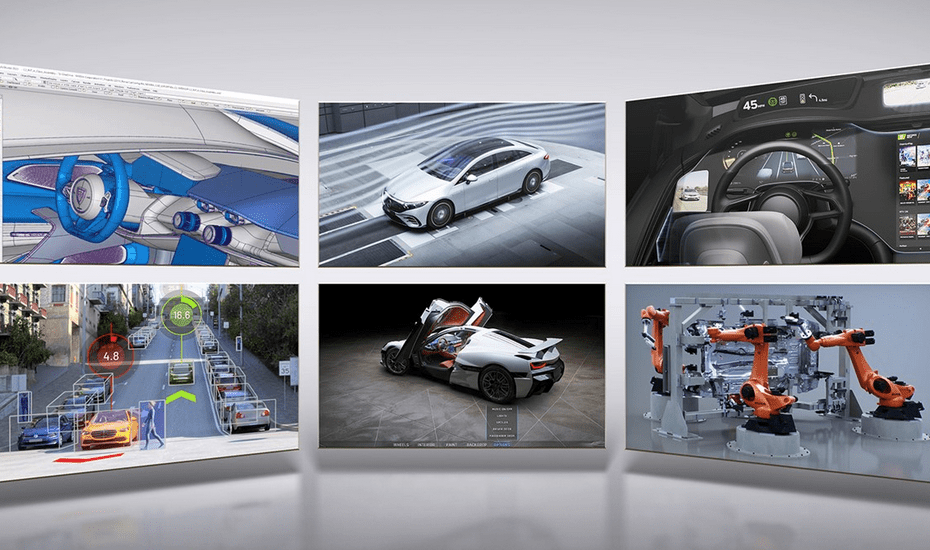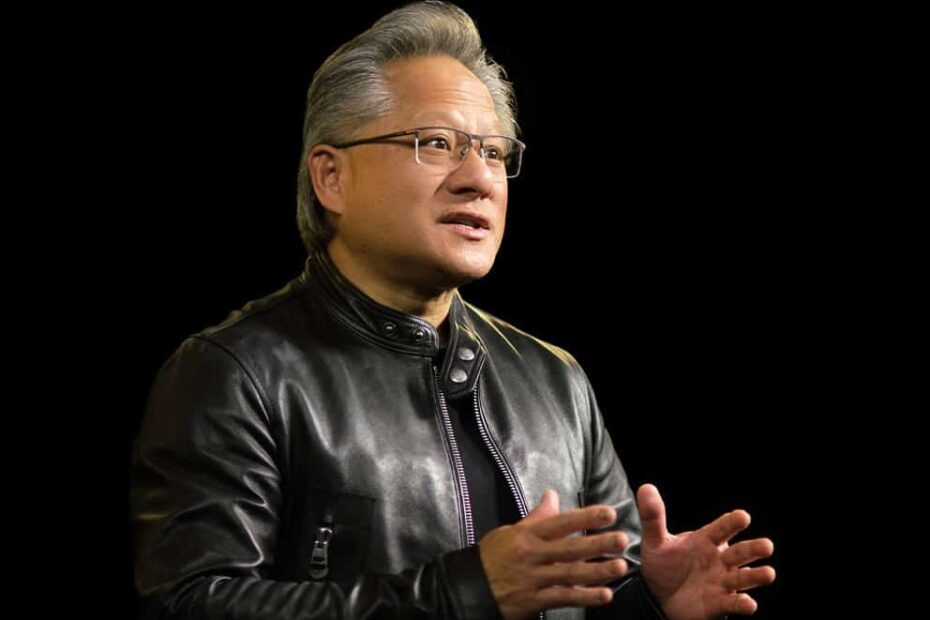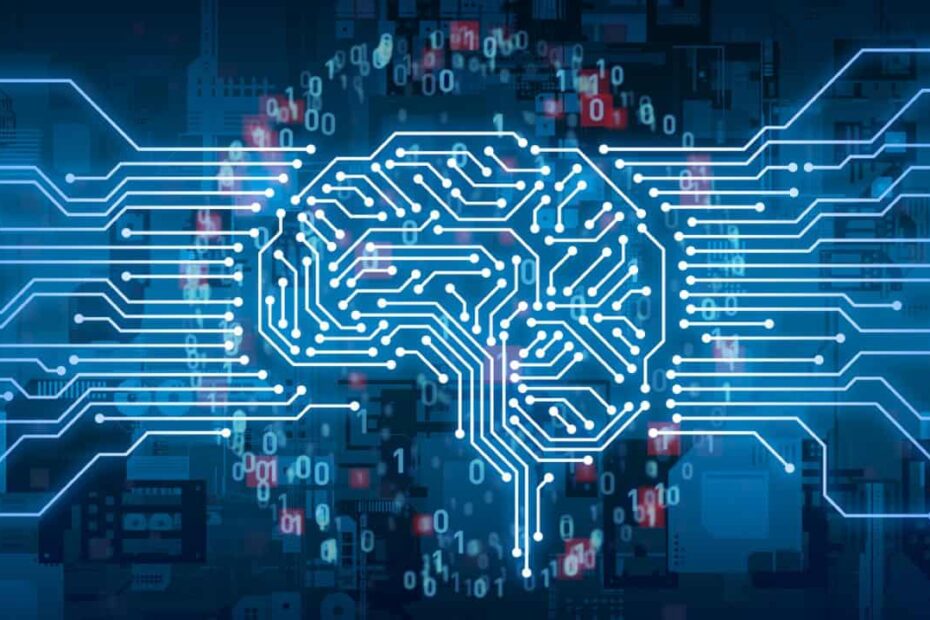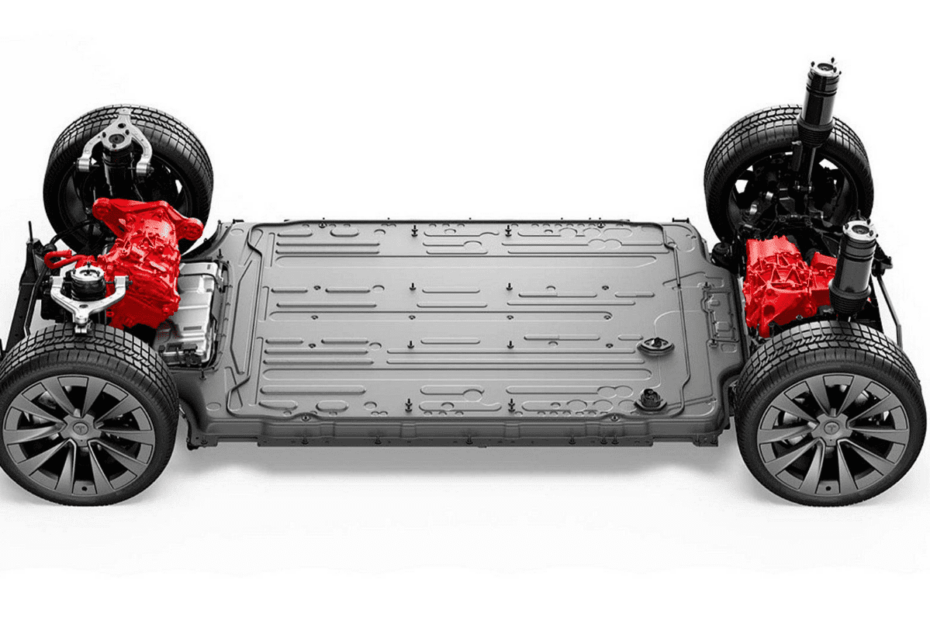Robocar No Longer Drives Nvidia GTC
What’s at stake:
For years, Nvidia has hung its hat on autonomous driving as the linchpin of its AI technologies. However, that revenue stream is waning, not because AV is a solved problem but because it is just too hard a problem to solve. What’s the next big AI application?
GTC, put together by Nvidia, is one of the world’s premier conferences dedicated to AI developers. Nvidia has used the venue to showcase its AI prowess built on GPU technology.
For several years, AI-enabled autonomous driving has highlighted every GTC. Nvidia presented its AI solutions — deployed in data centers for AI training and its multi-thousand teraflops SoC inside vehicles’ central brains doing AI inference.
However, it was evident in a pre-GTC briefing this week that Nvidia has begun singing a markedly different tune on fully automated driving.
Read More »Robocar No Longer Drives Nvidia GTC









